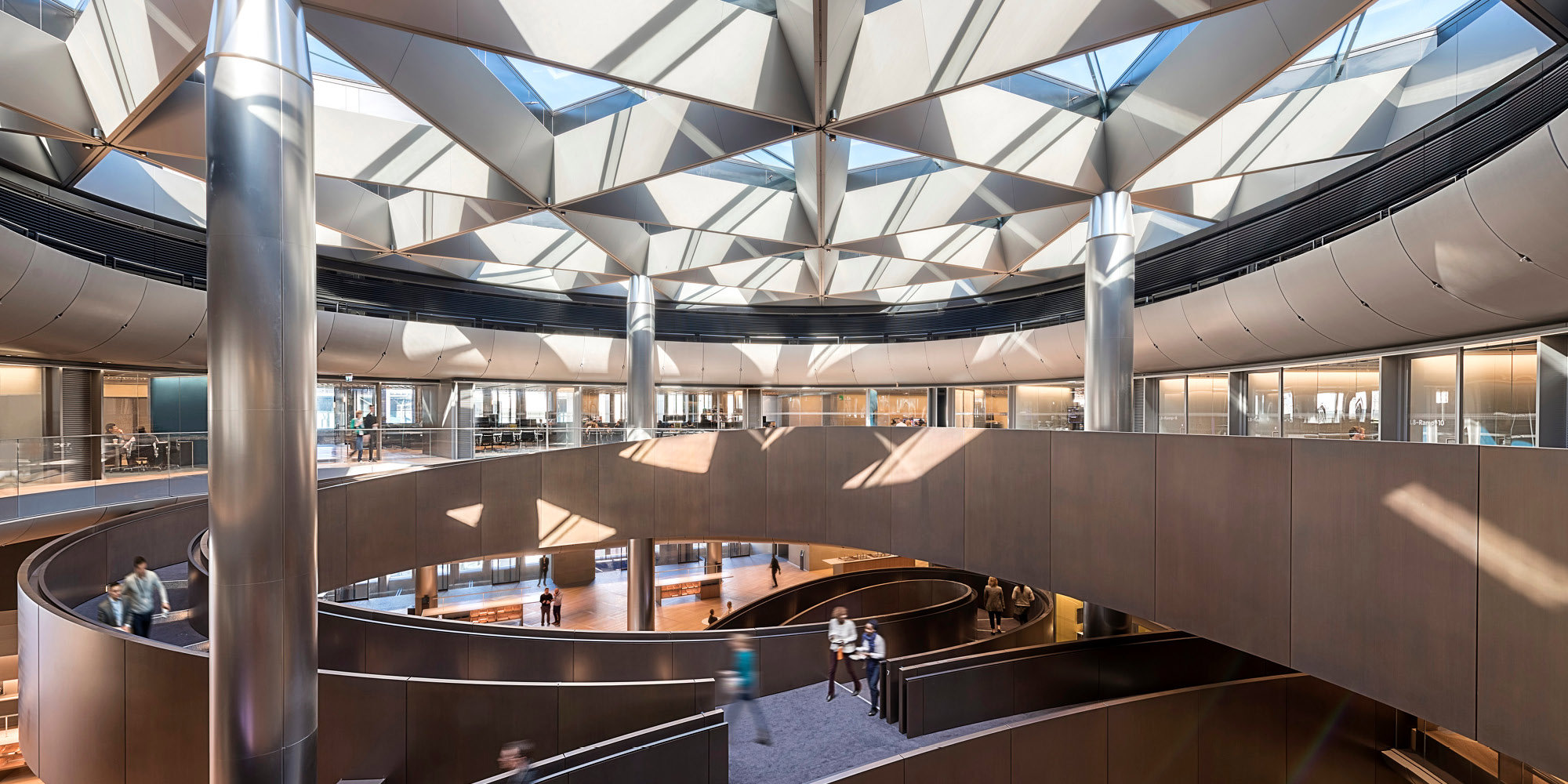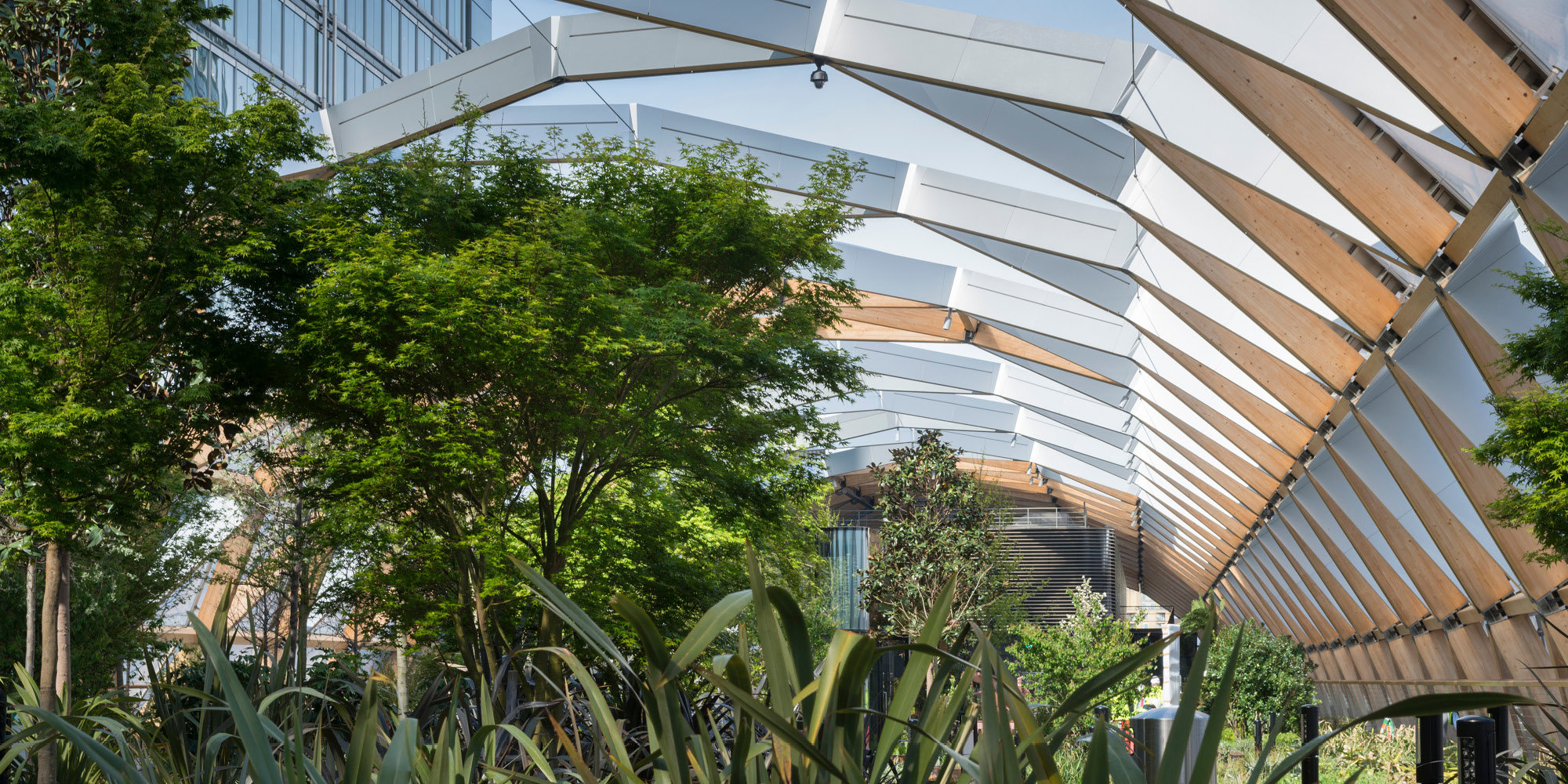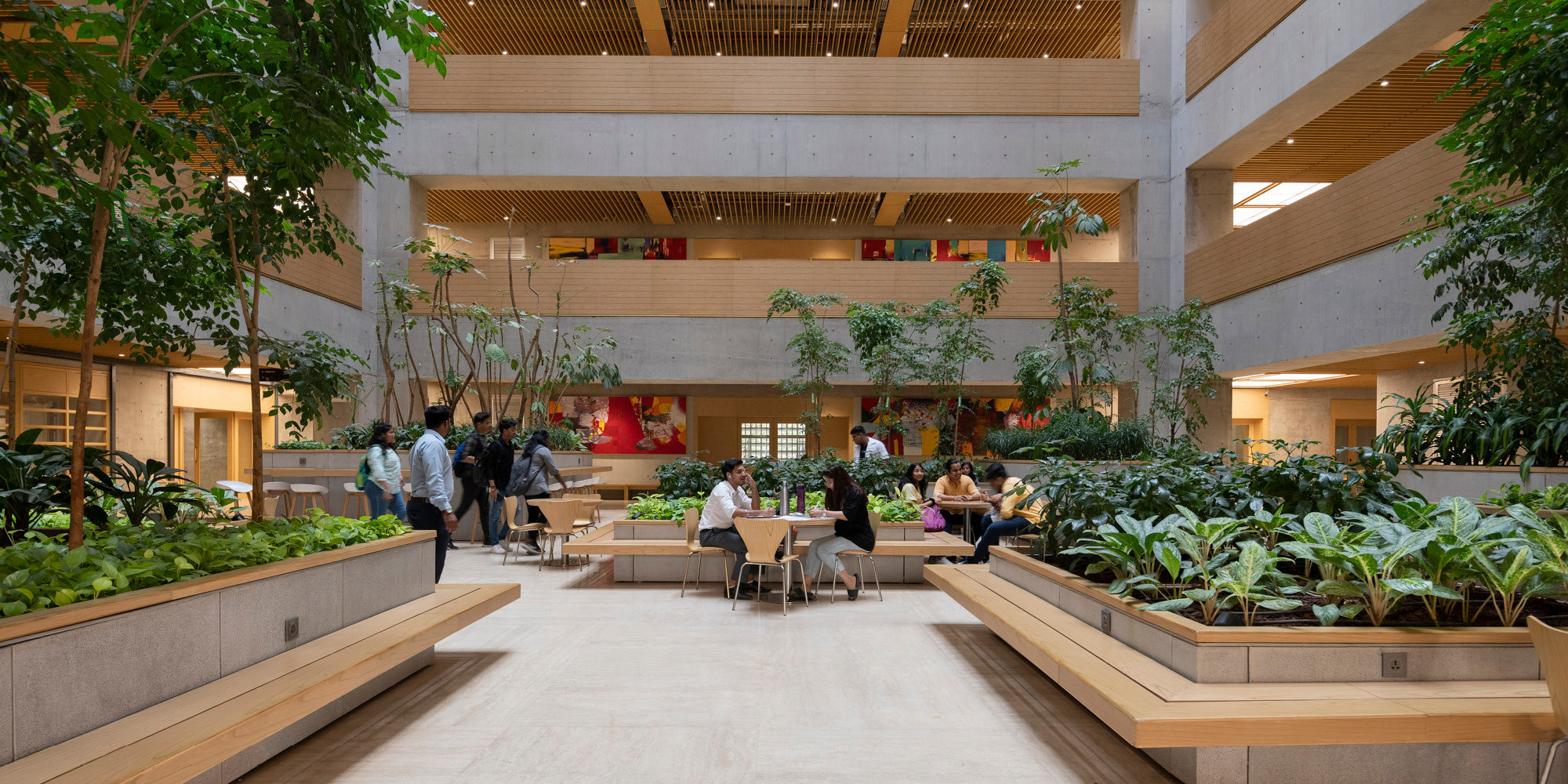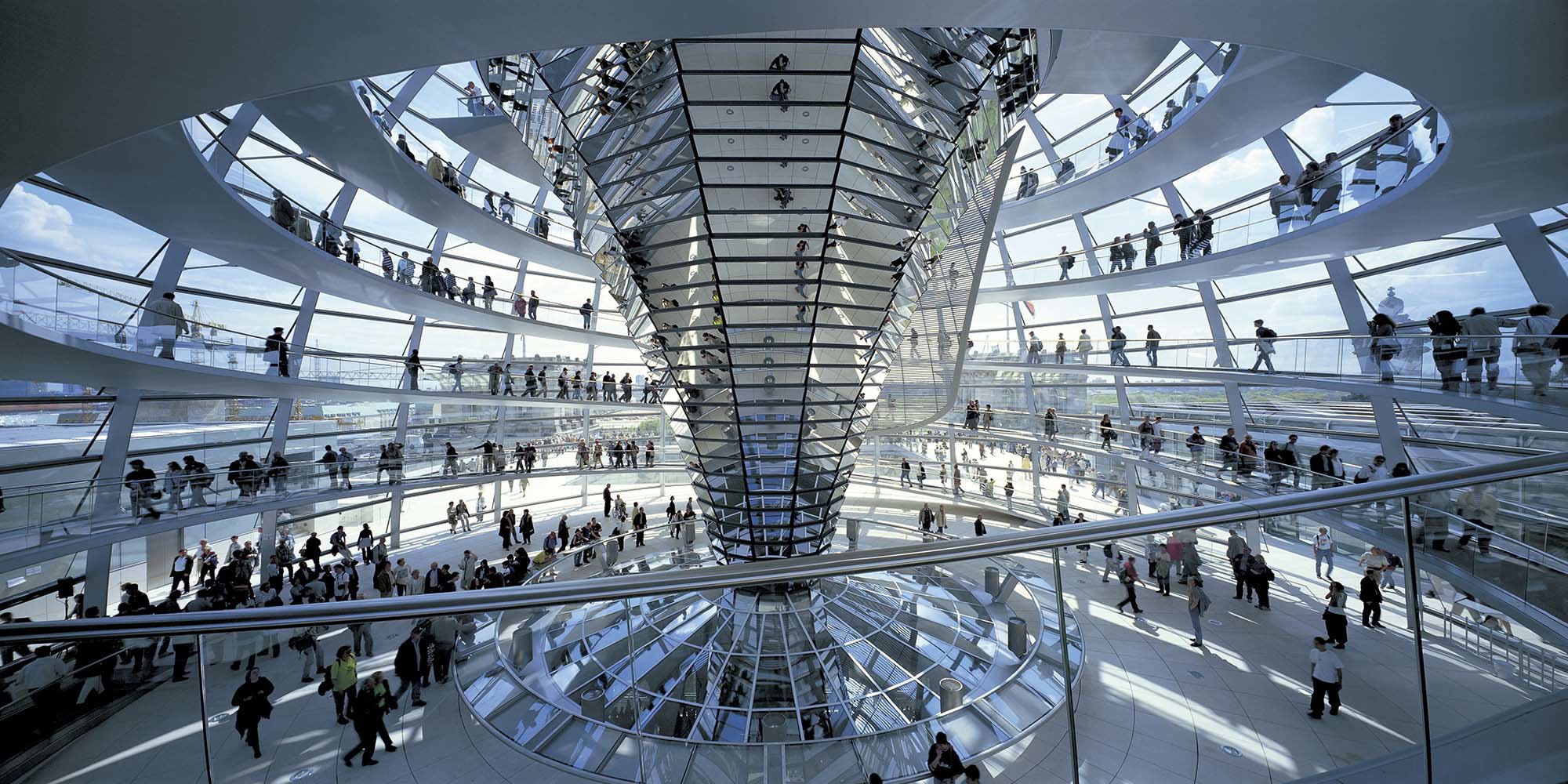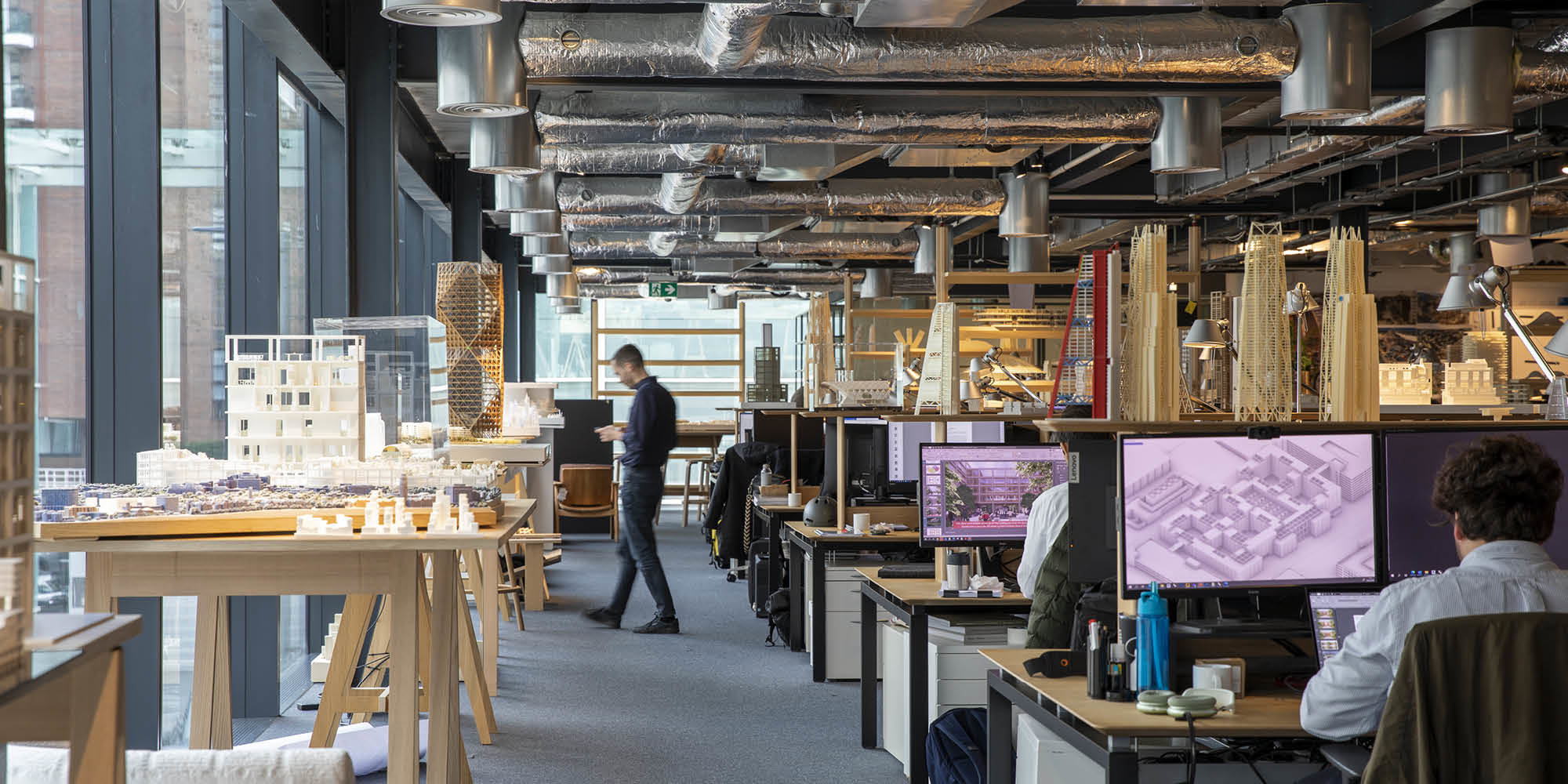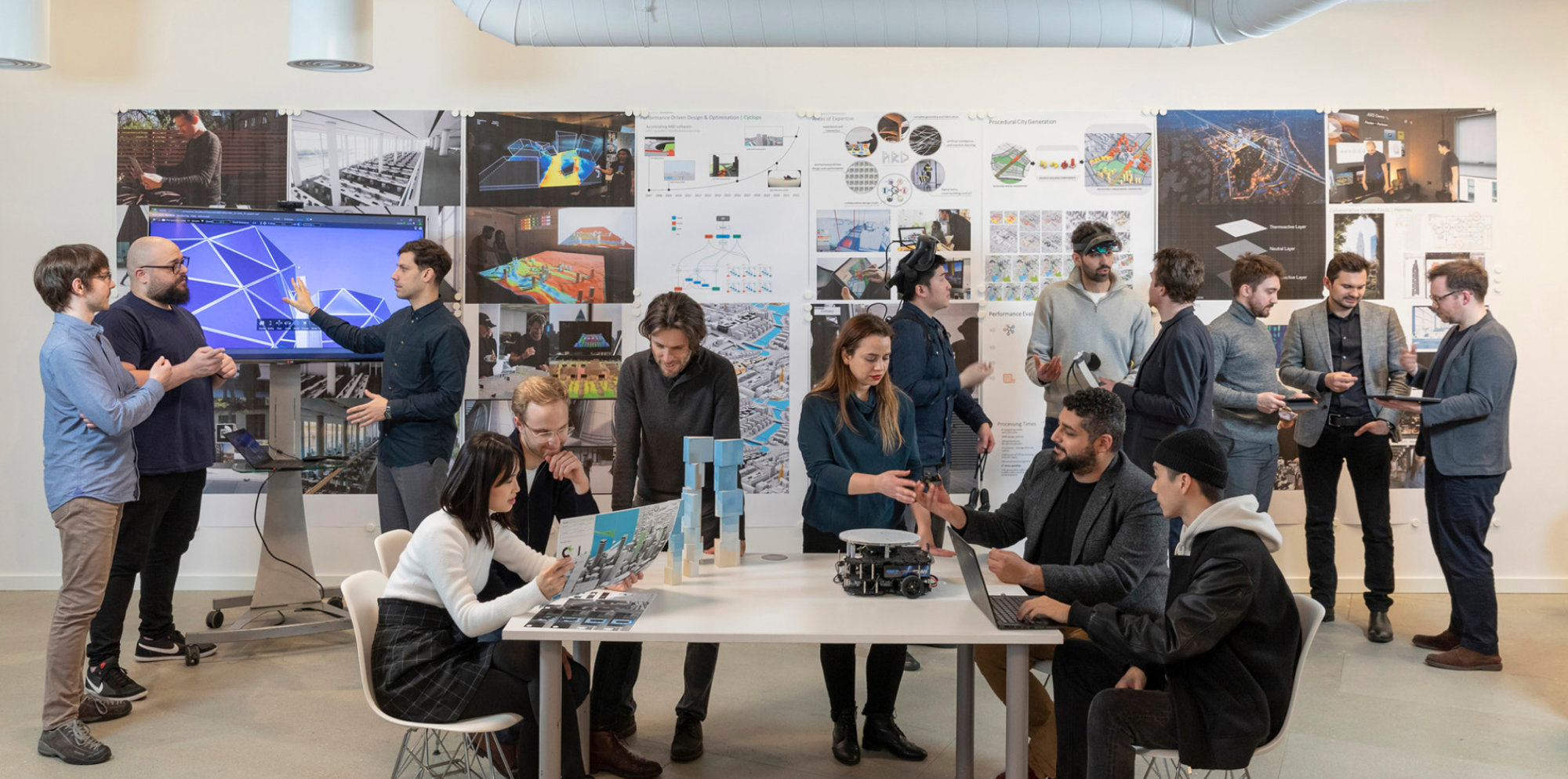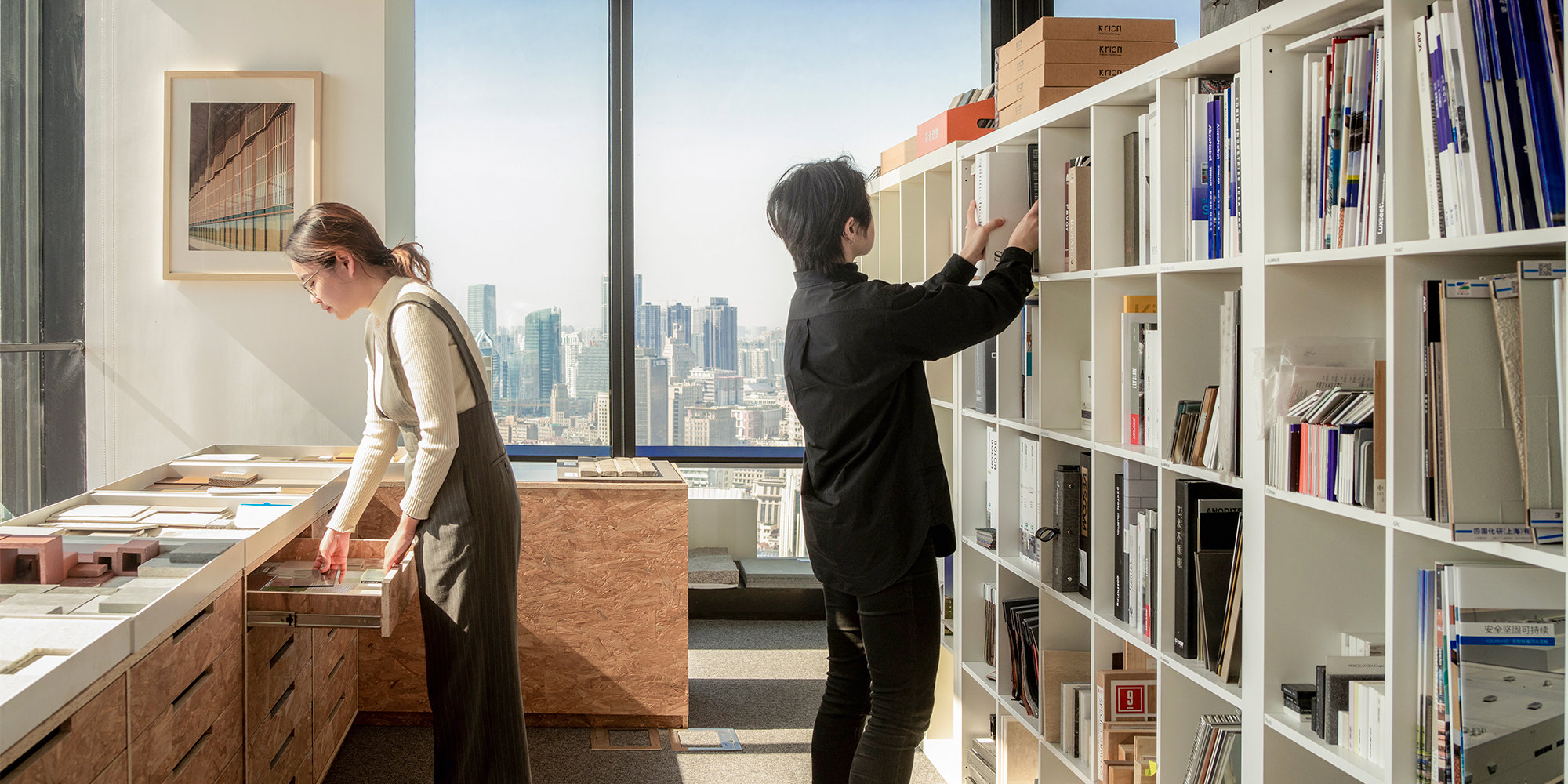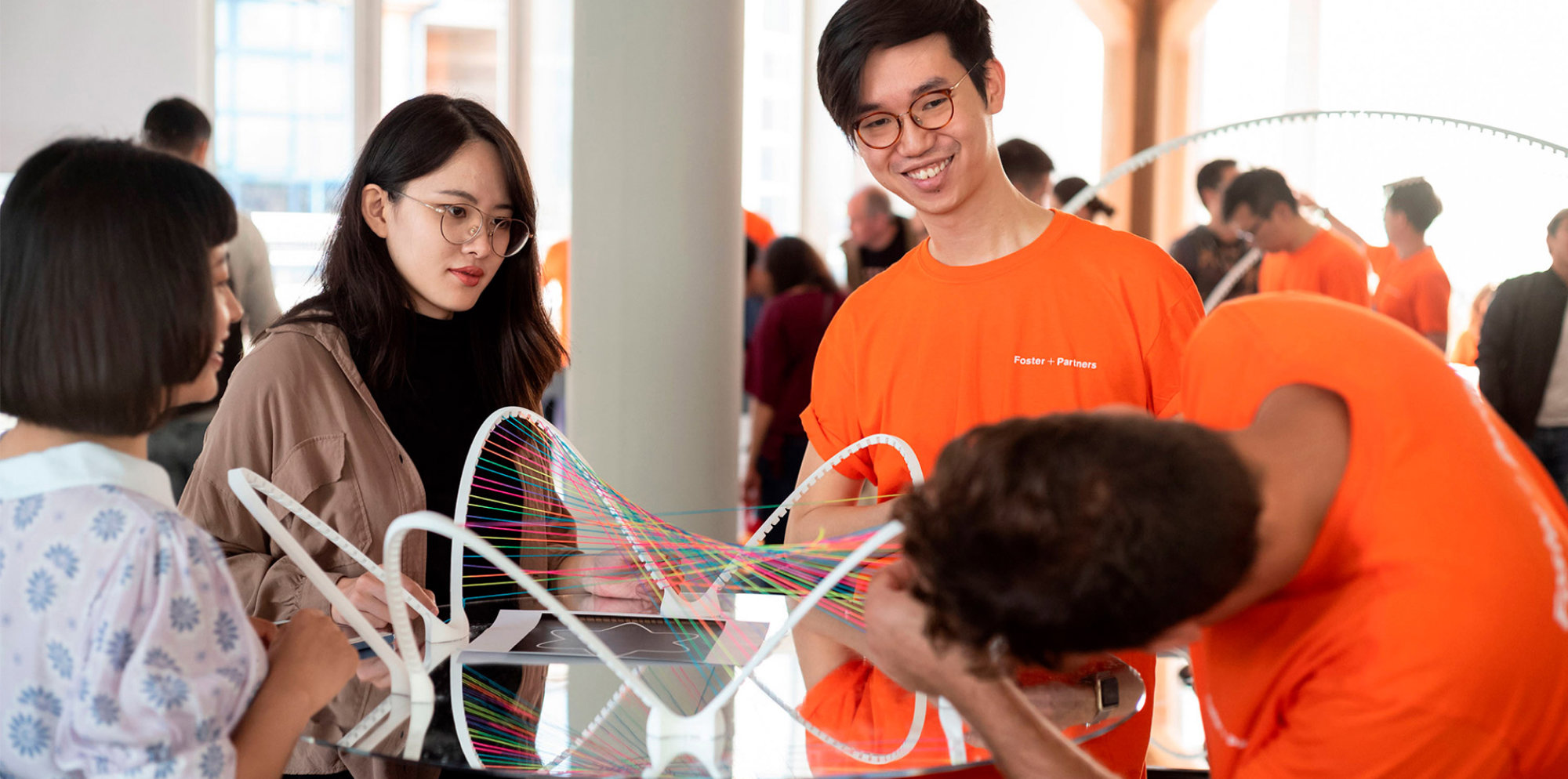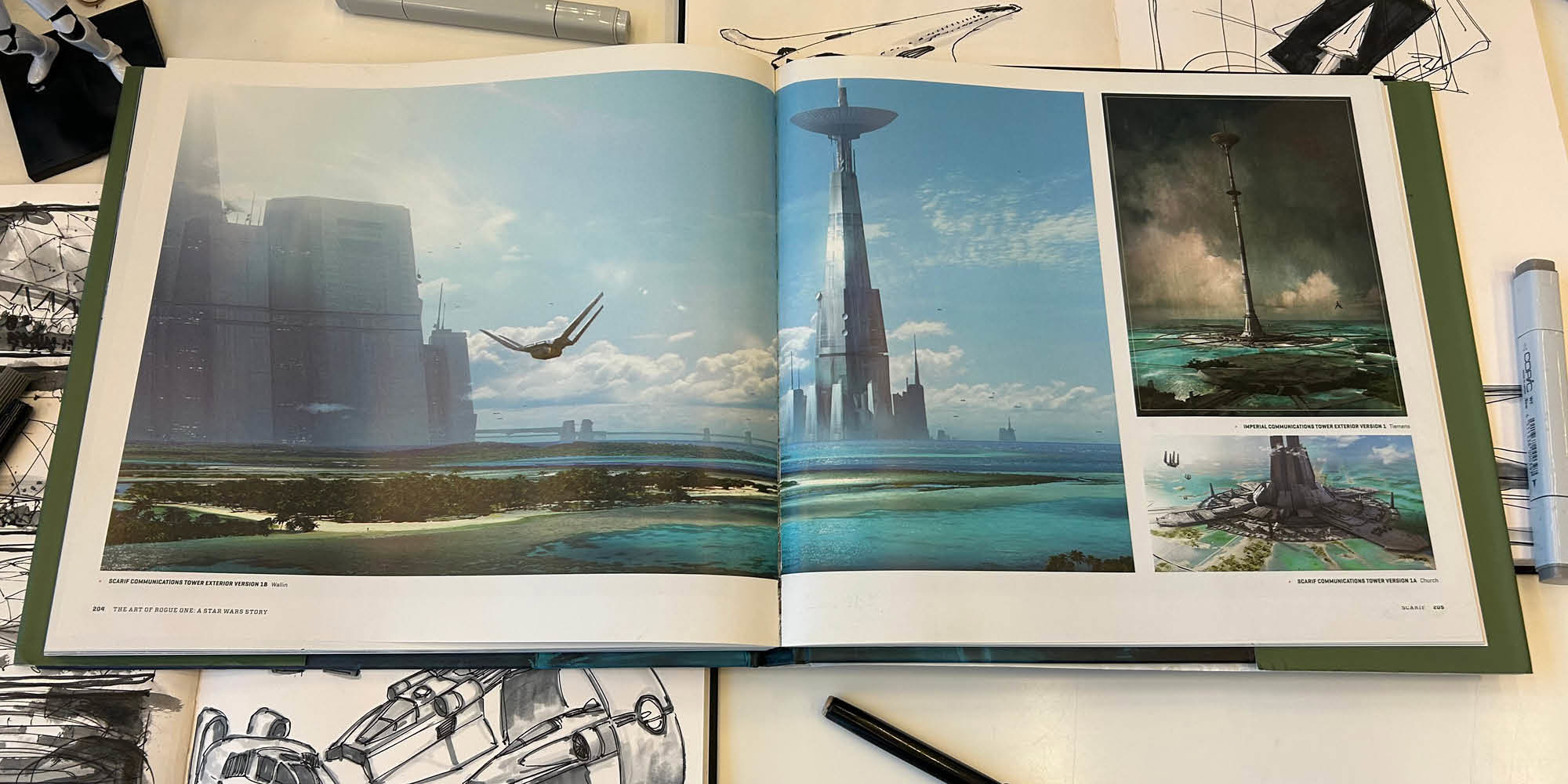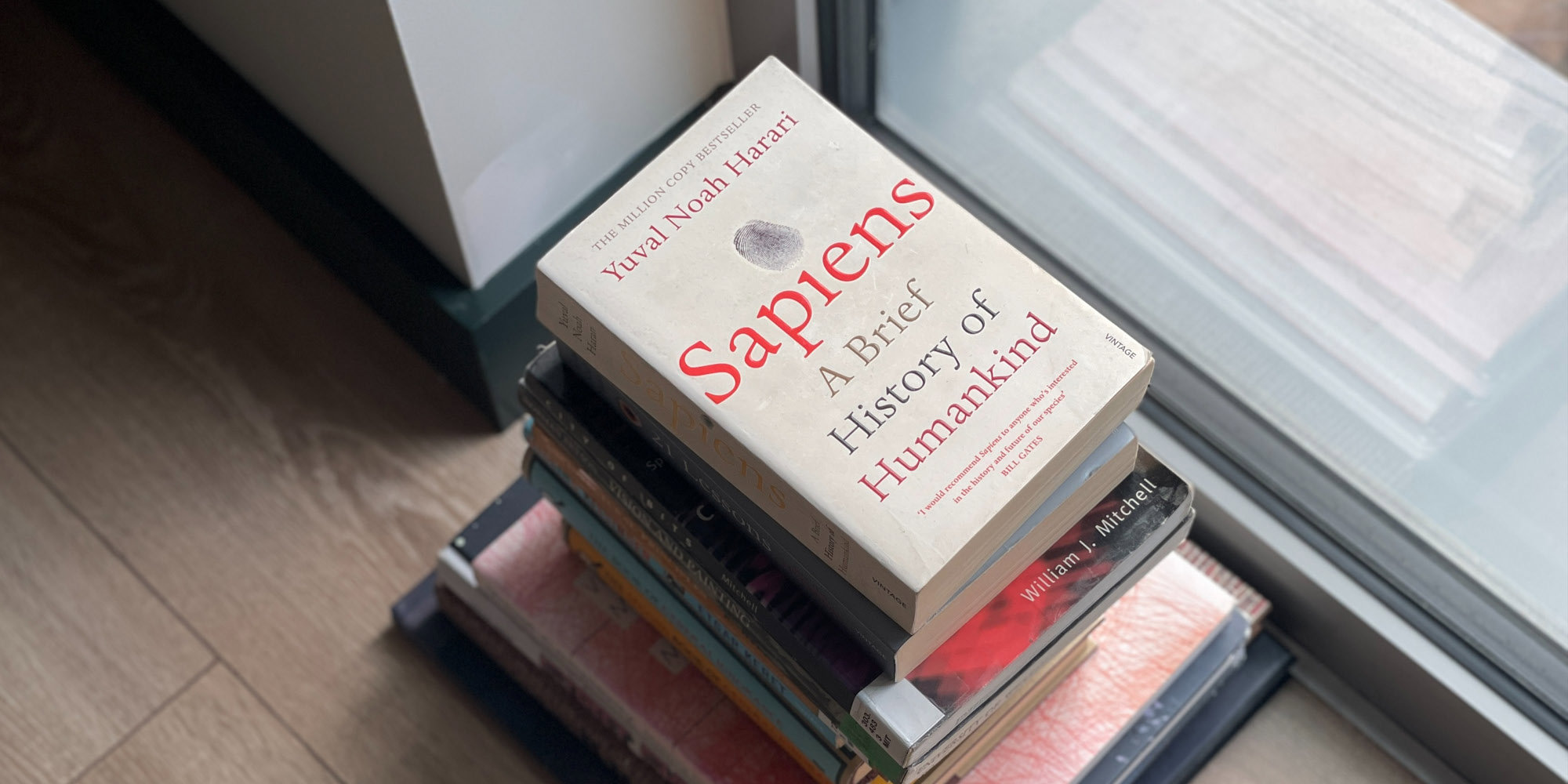To celebrate World Book Day, we asked a selection of colleagues – including architects, an interior designer, an artist, and our librarian – to recommend a book that has inspired them or enriched their professional journey.
With answers ranging from a post-war Italian novel to a visual chronicle of the artwork behind ‘Rogue One: A Star Wars Story,’ you will be sure to find something new for your bookshelf…
